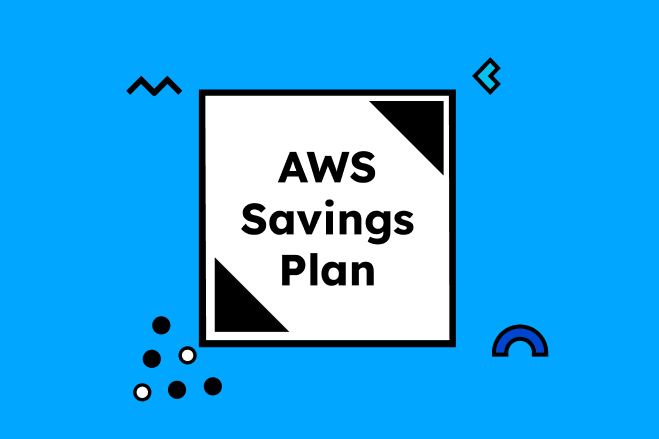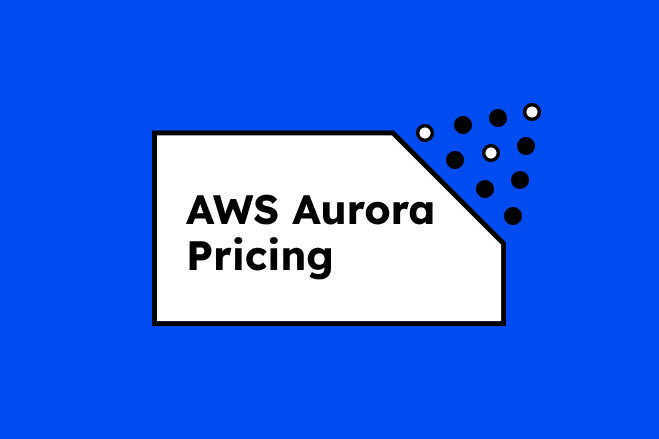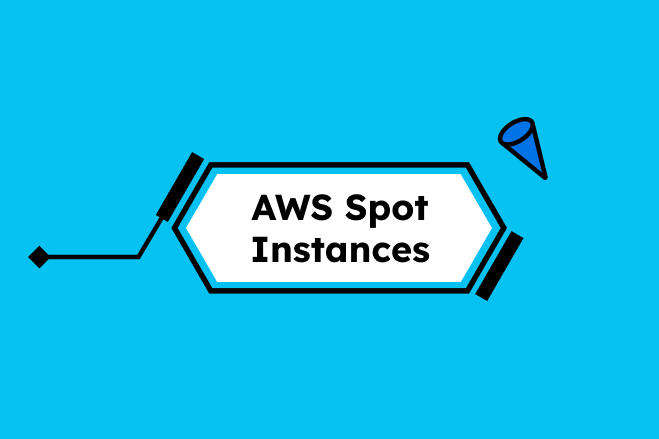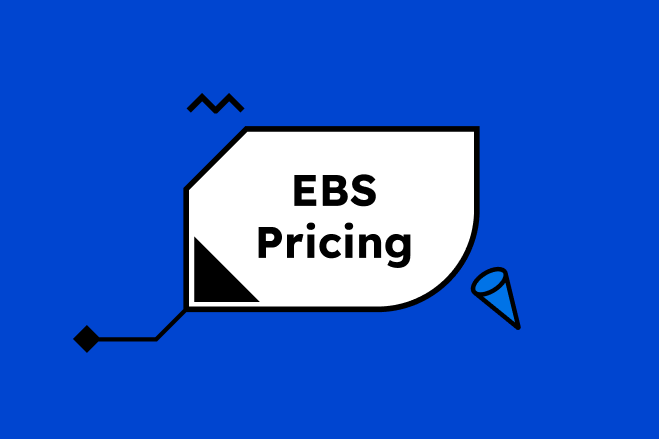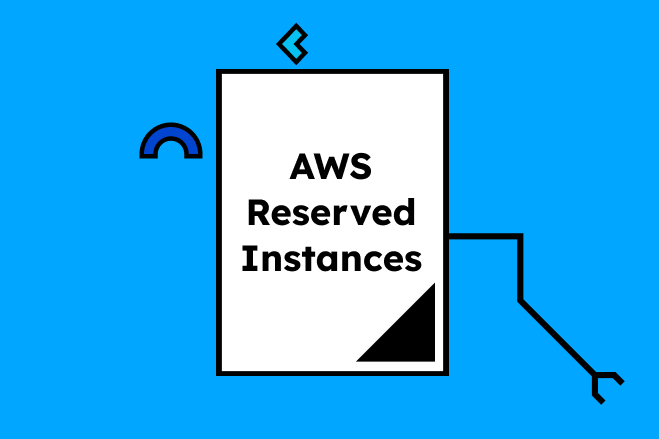Table of Contents
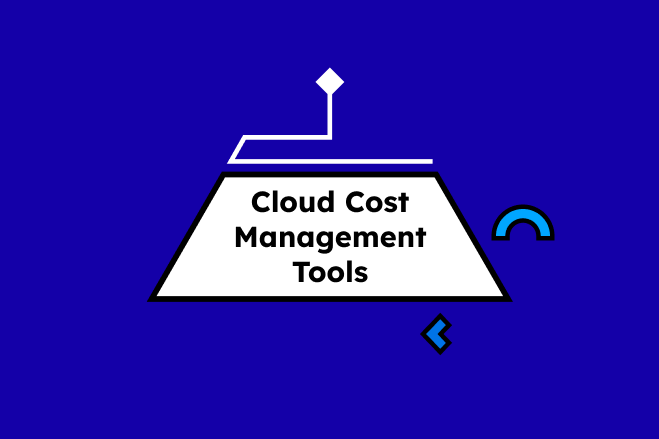
cloud cost management, providing visibility and alerting capabilities that shine a light on how resources are consumed. They track expenditure across different cloud services and alert teams to anomalies or spikes in spending. This real-time data is crucial for maintaining budget health and ensures no dollar goes unaccounted for.
Key Features:
- Visibility: Comprehensive insights into cloud usage and expenses across multiple platforms.
- Alerting: Automated notifications about spending anomalies, budget exceedances, and other financial red flags.
2. Cloud Cost Optimization Tools
Consider cloud optimization tools the tactical experts of the cloud management toolkit, equipped with specific strategies like rightsizing, autoscaling, and idle resource detection to enhance efficiency.
Key Features:
- Rightsizing: Adjusting the size of computing services based on usage data to fit actual needs without over-provisioning.
- Autoscaling: Automatically scaling cloud resources up or down based on real-time demand, ensuring optimal performance and cost-efficiency.
- Idle Resource Detection: Identifying underused or idle resources that are unnecessarily accruing charges and either shutting them down or reallocating them.
3. Cloud Optimization Platforms
These are the elite, full-stack solutions that not only monitor and optimize but also provide actionable recommendations and automation. They represent a comprehensive approach, integrating various tools into a cohesive platform that supports decision-making with data-driven insights and automation.
Key Features:
- Automated Cost Optimization: Leveraging AI and machine learning to continuously analyze and automatically apply cost-saving measures.
- Integrated Recommendations: Offering tailored suggestions for cost reduction based on unique usage patterns and business needs.
- Full-Stack Solutions: Providing a holistic view of the cloud environment with tools for monitoring, optimization, and governance.
4. Software Cost Optimization
This category zooms out to examine the broader spectrum of software expenses, focusing on Software as a Service (SaaS) and third-party spending. It scrutinizes these costs closely, aiming to optimize spending on software licenses, subscriptions, and external cloud services.
Key Features:
- SaaS Management: Tracking and managing subscriptions to ensure efficient use and avoid redundancy.
- Spend Analysis: Detailed analysis of third-party costs to identify saving opportunities, negotiate better terms, and ensure compliance with licensing agreements.
By leveraging these diverse categories of cloud cost optimization solutions, organizations can wield a more nuanced and powerful toolset against the ever-rising tide of cloud expenses. Whether it's through pinpoint strategies like rightsizing and autoscaling or broad sweeps with full-stack platforms, the goal remains the same: optimize cloud costs to fuel innovation without the fiscal drain.
Features to Look for in the Best Cloud Cost Optimization Tools

When you're in the market for cloud cost optimization tools, you're not just buying a software solution—you're investing in a financial co-pilot for your cloud infrastructure. Here's a rundown of essential features that distinguish the best tools in this crowded marketplace.
1. Real-time Insights and Resource Ownership Tracking
Real-time insights ensure that you’re always aware of your spending as it happens, allowing for swift adjustments before costs spiral out of control. Resource ownership tracking pinpoints who or what within your organization is spending the money, fostering accountability and enabling precise cost management.
Ideal Implementation: Look for a tool that provides dashboard views updated in real-time, along with detailed tagging and tracking of resource usage by department, team, or individual. This feature is crucial for organizations where multiple projects or teams share the same cloud environment.
2. CI/CD Integration and Developer Workflow Compatibility
In DevOps environments, where software changes are made continuously, integrating cost optimization tools directly into CI/CD pipelines can dramatically streamline operations. This ensures that cost-efficiency is considered at every stage of software development and deployment.
Ideal Implementation: Tools should seamlessly mesh with existing CI/CD tools and processes, providing developers with cost-related feedback directly in their workflow. This allows them to make informed decisions about resource usage without switching contexts, which can disrupt their development focus.
3. AI/ML-driven Automation for Savings Recommendations
AI and ML algorithms can analyze vast amounts of data to uncover savings opportunities that human analysts might miss. These technologies can predict patterns in data, recommend rightsizing, and even automate some cost-saving actions based on learned behaviors.
Ideal Implementation: The best tools use AI to continually learn from your cloud usage patterns and suggest or automatically apply optimizations. This can range from shutting down idle resources to suggesting changes to reservation purchases based on usage trends.
4. Multi-cloud Support and Compliance Reporting
Many organizations use services from multiple cloud providers to avoid vendor lock-in and optimize their services based on each provider's strengths. A tool that supports multi-cloud environments can provide a unified view of all cloud expenditures. Additionally, compliance reporting is essential for adhering to industry standards and internal policies.
Ideal Implementation: The tool should aggregate data from various cloud providers and offer features to compare costs across them, helping you determine the most cost-effective provider for specific workloads. Compliance features should include detailed reporting capabilities that help meet regulatory requirements and internal audits.
Cloud Cost Management Tools Comparison: A Practical Framework.

Navigating the diverse landscape of cloud cost management tools requires a systematic approach to evaluating and comparing the available options.
Here's a practical framework, complete with a feature matrix and comparison table, designed to help businesses choose the best tool for their specific needs.
Feature Matrix: Key Comparison Points
To begin, establish a feature matrix that breaks down essential capabilities across different tools. This matrix should include:
- Automation: The extent to which the tool can autonomously identify savings opportunities and implement cost-saving measures.
- Integrations: Compatibility with existing cloud providers, CI/CD pipelines, and other essential software tools.
- Support: Availability and quality of customer support, including access to cloud cost management experts.
- Pricing: Cost of the tool itself, including any tiered pricing structures or potential hidden fees.
Cloud Cost Optimization Software vs. Cloud Optimization Platforms
It's important to distinguish between cloud cost optimization software and cloud optimization platforms:
|
Feature/Tool |
Cloud Cost Optimization Software |
Cloud Optimization Platform |
|
Automation |
Basic automation for alerts |
Advanced automation for cost management and real-time optimization |
|
Integrations |
Limited to specific clouds |
Broad support for multiple clouds and third-party tools |
|
Support |
Basic support |
24/7 premium support with access to experts |
|
Pricing |
Lower cost, often subscription-based |
Higher cost, often based on usage or savings achieved |
Cloud Cost Optimization Software: Typically focuses on providing detailed insights and recommendations for reducing costs within a single cloud environment. These tools are often simpler and may offer limited automation features.
Cloud Optimization Platforms: These are more comprehensive solutions that offer a suite of tools to manage costs, usage, and performance across multiple cloud environments. They often include advanced automation and integration capabilities, making them suitable for larger or more complex cloud infrastructures.
Total Cost of Ownership (TCO) and implementation effort are critical factors in choosing the right tool:
- TCO Impact: Includes not only the direct costs of the software or platform but also the indirect costs such as training, implementation, and any changes to existing processes. A tool that may seem expensive upfront could offer significant savings in the long run through more effective cost management and automation.
- Implementation Effort: Consider how easy it is to integrate the tool into your existing infrastructure. Tools that require extensive configuration or significant changes to workflow can increase the initial effort and cost. However, they might offer greater long-term benefits by being more deeply integrated into your operations.
Using this framework, businesses can methodically evaluate different cloud cost management tools and select one that best aligns with their operational needs and financial objectives. This structured approach ensures that the selected tool not only fits with the current technological setup but also scales effectively as the organization's cloud infrastructure evolves.
Conclusion

Choosing the right cloud cost management tool is more than a matter of preference—it's a strategic decision that can significantly influence the financial and operational health of your business. As we've explored, the best tools provide not only a lens through which to view current expenditures but also a roadmap for future savings through automation, integration, and comprehensive management features. By employing the practical framework outlined, organizations can methodically assess and compare various tools, ensuring they select a solution that aligns with their unique cloud infrastructure and financial goals. In the ever-evolving cloud environment, being equipped with the right cost management tool is not just about saving money—it's about empowering innovation and sustaining business growth.
As you move forward, consider how each tool measures up in terms of automation, integration, support, and pricing to find your ideal partner in cloud cost optimization.
CXM can offer you a comprehensive tool that combines DevOps with FinOps, enabling you to optimize your cloud spending easily. Reach out today to book a demo!
Effortlessly Manage Your Cloud, Improve Efficiency, and Increase Your Returns.
Newsletter Signup
Subscribe to our newsletter to receive the latest news.



